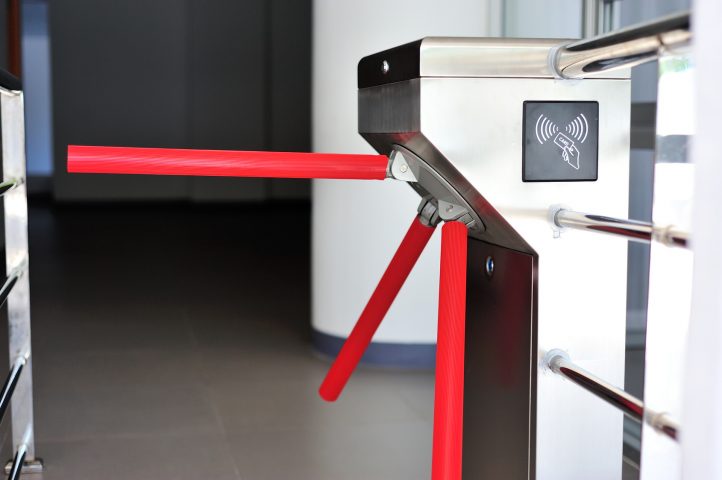The battleground for the mobile consumer’sconnection to the merchant has expanded. Line busting, mobileself-checkout company AisleBuyer has just been acquired by Intuit.AisleBuyer has been out a few years, offering merchants an in-storeway to let customers scan the items they want to purchase into avirtual shopping cart as they place them into a real cart, and,once the shopping is done, to checkout and walk out with verylittle friction.
At a rumored $80 to $100 million cost, Intuit has added anapproach and a development team as it battles Square and PayPal aswell as GoPago, Paydiant, LevelUp and others in the broader marketwhile niche market entries such as Tabbedout focus on particularmerchant categories. Many of these competitors are moving up marketbeyond the “Level 5” micro-merchants they started with. Today, theaction has shifted to real merchants who are at least eligible forreal merchant accounts because that’s where the volume is. For thelast couple of years, Intuit has been matching Square as best itcan and this acquisition gives the company a strong mobilevalue-add to its merchant services offerings.
Bringing new mobile payment approaches and new methods of payment,for that matter, to the physical point of sale is no easy task.There are two tracks here and competitors hoping to reach a broadbase of merchants are taking both.
The first track is the hardest and that is direct integration withthe incumbent point of sale systems and terminals deployed inretailers, restaurants, bars, and elsewhere today. That’s whatPayPal is doing and has done with Home Depot. GoPago and Tabbedouthave integrated into restaurant POS systems from the likes ofMICROS and NCR’s Radiant division via application programmerinterfaces (API) running on these PC-based systems. It’s not easybut it gives the mobile approach wide access to today’s paymentflows.
The second is the “stand beside” route that places the vendor’s ownsystem on the counter. For an existing merchant, it becomes asecond system to accept payments. For the new merchant it providesa payment system option that it typically based on a tablet ratherthan a PC. Square’s Register is an example. PayPal Here is another.Like the others, GoPago’s app for clerks runs on an iPad. Systemslike these can “stand beside” an existing POS terminal orpotentially replace an existing system. The real advantage to thisapproach is for the payment service provider. There’s nointegration headache with existing systems. The vendor goes aroundthe incumbent providers. The vendor is able to provide a verticallyintegrated solution with apps for the consumer and the merchant ona platform that is highly cost competitive to the traditional POSsystem and transaction processing fees. When a “mom and pop”merchant can take card payments, get inventory, CRM and otherservices for the cost of an iPad tablet and somewhere between 2.7%and 5% of sales, the proposition starts to look good.
Expect more acquisitions. And more start-ups.










